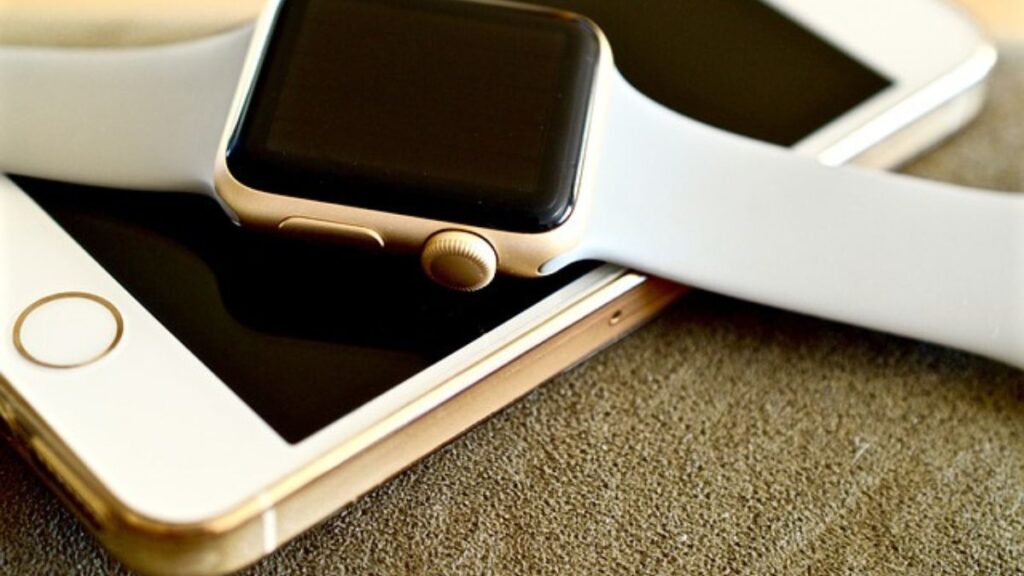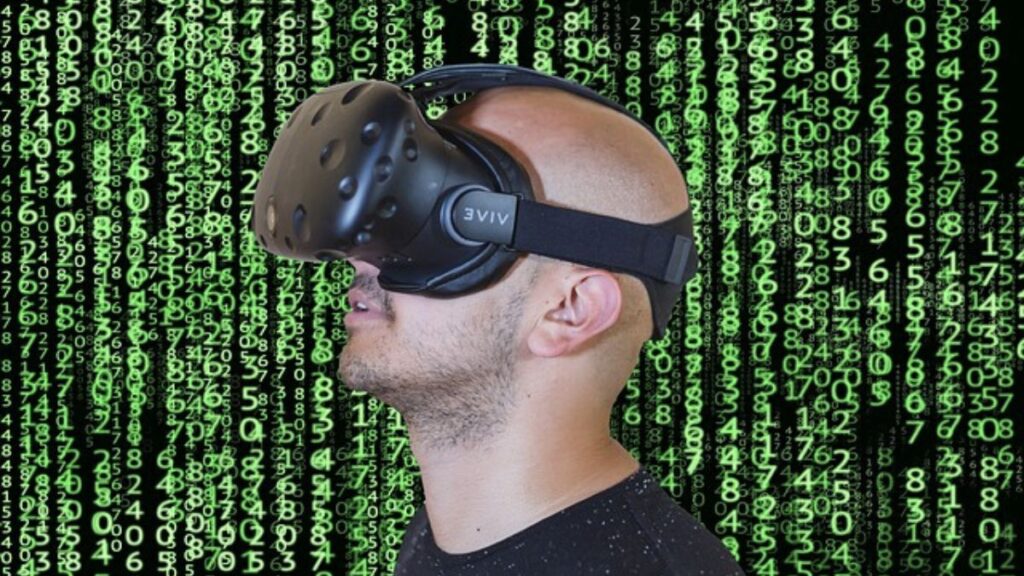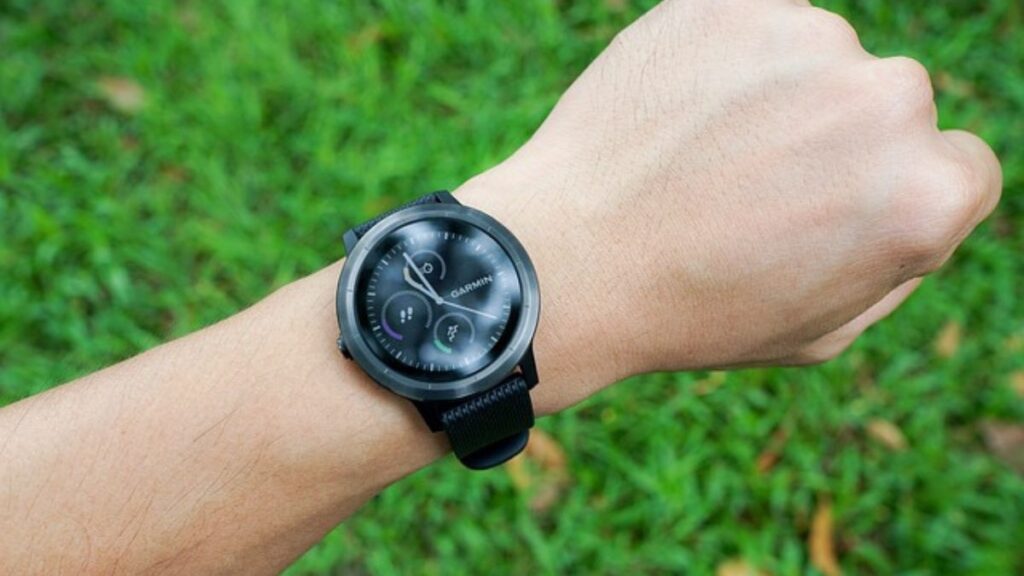Introduction
The Future of Wearable Technology in Healthcare: Innovations and Trends to Watch

As wearable technology continues to shape multiple facets of our lives, its potential in healthcare is becoming increasingly apparent. With the rapid advancement of technology, the integration of wearables into healthcare systems worldwide is accelerating. In this evolving field, we delve into the latest innovations and trends that are transforming healthcare.
The Future of Wearable Technology in Healthcare
- Wearable devices now monitor health metrics beyond traditional fitness trackers.
- These devices provide real-time insights into vital signs like heart rate variability, blood pressure, and blood glucose levels.
- Wearables empower individuals to manage their health and provide healthcare professionals with a comprehensive view of patient well-being.
- The COVID-19 pandemic accelerated the adoption of telemedicine and remote patient monitoring, making wearables a key component of virtual healthcare.
- Patients can undergo continuous monitoring from home, reducing the need for clinic visits and ensuring timely intervention.
- Advancements in sensor technology and artificial intelligence (AI) are driving the future of wearable technology.
- Miniaturized sensors can capture and analyze vast amounts of physiological data with unprecedented accuracy.
- AI algorithms process this data, providing personalized insights and actionable recommendations in real time.
- Wearables are also being developed for therapeutic and preventive purposes, such as wearable insulin pumps and smart fabrics for wound healing.
- Regulatory and privacy concerns must be addressed as wearable technology evolves.
- Governments and healthcare organizations must navigate issues related to data security, patient consent, and regulatory compliance.
- The future of wearable technology in healthcare is promising but complex, with opportunities for innovators to develop new applications and expand access to healthcare services.
- Challenges such as interoperability, data integration, and affordability must be addressed to realize the full potential of wearables in transforming healthcare delivery.
What role do wearable technologies play in the integration of telemedicine and remote patient monitoring?
Wearable technologies are transforming telemedicine and remote patient monitoring by continuously collecting real-time health data in patients’ everyday environments. Here’s an exploration of their impact on healthcare:Continuous Health Monitoring:

- Real-Time Data Collection: Wearables like smartwatches and medical-grade sensors gather physiological data such as heart rate, blood pressure, and oxygen saturation, providing a comprehensive and up-to-date picture of a patient’s health status.
- Remote Patient Management: Wearables allow for remote transmission of data to healthcare providers, enabling timely interventions and adjustments to treatment plans based on real-time health metrics.
Enhancing Telemedicine Practices:
- Virtual Consultations: Wearables furnish objective health data during telemedicine consultations, aiding healthcare professionals in making informed diagnoses and treatment decisions remotely.
- Improved Patient Engagement: Wearables foster patient engagement by providing accessible and understandable insights into health metrics, leading to better adherence to treatment protocols and healthier lifestyle choices.
Challenges and Considerations:
- Data Security and Privacy: Ensuring robust data security measures and adherence to privacy regulations is critical to maintain patient trust and compliance.
- Interoperability: Integrating wearables with existing healthcare systems and electronic health records is essential for seamless data exchange.
Future Directions:
- Advancements in Sensor Technology: Continued innovation in sensor technology and AI algorithms will enhance the accuracy and reliability of wearable health data.
- Expansion of Remote Monitoring: Wearable technologies will play a central role in delivering cost-effective and patient-centered healthcare solutions as healthcare systems adopt telemedicine and value-based care models.
Wearable technologies empower healthcare providers with timely insights and enable patients to actively participate in their care. By facilitating remote monitoring and enhancing telemedicine practices, wearables are contributing to improved healthcare accessibility, efficiency, and outcomes in a rapidly evolving digital health landscape.
What opportunities and challenges lie ahead for the widespread adoption of wearable technology in healthcare systems globally?
The widespread adoption of wearable technology in healthcare systems worldwide presents a plethora of opportunities and challenges.

Opportunities:
- Enhanced Patient Monitoring: Wearables allow continuous monitoring of vital signs and health metrics, enabling early detection and proactive intervention for health issues.
- Remote Patient Management: Patients can receive personalized care remotely, reducing the need for frequent hospital visits and improving comfort and convenience.
- Improved Chronic Disease Management: Wearables facilitate better management of chronic conditions, like diabetes, cardiovascular diseases, and respiratory disorders, through continuous monitoring and real-time feedback.
- Telemedicine Integration: Integration with telemedicine platforms enhances virtual consultations by providing objective health data, improving diagnostic accuracy, and enabling timely treatment adjustments.
- Healthcare Cost Reduction: Early detection and proactive management of health conditions can potentially reduce healthcare costs associated with hospitalizations and emergency room visits.
- Research and Public Health Initiatives: Large-scale data collected from wearables can contribute to population health research, epidemiological studies, and public health initiatives.
Challenges:
- Data Security and Privacy: Sensitive health data collected by wearables raises concerns about data security, encryption, and compliance with privacy regulations (e.g., GDPR, HIPAA).
- Interoperability: Seamless integration of wearable data with existing healthcare IT systems and electronic health records (EHRs) is a challenge due to varying device formats and standards.
- Accuracy and Reliability: Maintaining the accuracy and reliability of wearable health data, especially for medical-grade applications, is crucial for clinical decision-making and patient safety.
- Regulatory Compliance: Regulatory frameworks may lag behind technological advancements, leading to uncertainty around approval processes, standards, and liability issues.
- User Adoption and Engagement: Encouraging patient and healthcare provider adoption of wearable technologies requires addressing usability issues, ensuring user-friendly interfaces, and providing adequate training and support.
- Health Inequities: Access to wearable technology and digital health services may exacerbate health inequities based on socioeconomic status, geographic location, and digital literacy.
Future Directions:
- Advancements in Technology: Continued innovation in sensor technology, AI algorithms, and miniaturization will enhance the capabilities and affordability of wearable devices.
- Regulatory Frameworks: Establishing clear guidelines and standards for wearable technology in healthcare will promote trust, interoperability, and responsible adoption.
- Patient-Centered Design: Designing wearables with a focus on user experience, accessibility, and inclusivity will improve patient engagement and adherence to health management plans.
- Collaboration and Partnerships: Collaboration among healthcare providers, technology developers, regulators, and policymakers is essential to address challenges and promote the effective integration of wearables into healthcare systems.
While the opportunities presented by wearable technology in healthcare are vast and promising, effectively addressing the associated challenges is crucial for realizing its full potential in improving patient outcomes, healthcare delivery efficiency, and population health management globally.
In conclusion,
The integration of wearable technology and healthcare signifies a transformative shift in the approach to monitoring, diagnosing, and treating medical conditions. With the continuous evolution of innovations, it is crucial for healthcare professionals, researchers, and consumers to remain informed about the newest trends and advancements in wearable technology.
By adopting these innovations responsibly, we can unlock the full potential of wearable technology to enhance health outcomes and improve the quality of life for individuals worldwide.
References:
- Gartner Report on Wearable Technology in Healthcare: Provides insights into market trends, adoption rates, and future projections for wearable technology in healthcare.
- Stanford Medicine’s Wearable Health Report: Discusses case studies and research findings on the efficacy of wearable devices in managing chronic conditions and improving patient outcomes.
- FDA Guidance on Digital Health Technologies: Offers regulatory guidelines and considerations for developers and healthcare providers integrating wearable technologies into clinical practice.
- Journal of Medical Internet Research (JMIR): Publishes peer-reviewed articles and studies on the effectiveness and usability of wearable technology in healthcare settings.
- World Health Organization (WHO) Report on Digital Health: Examines the role of digital technologies, including wearables, in achieving universal health coverage and improving healthcare delivery worldwide.
- TechCrunch and Forbes Technology Sections: Cover emerging trends and innovations in wearable technology, providing industry insights and expert opinions on future developments.







